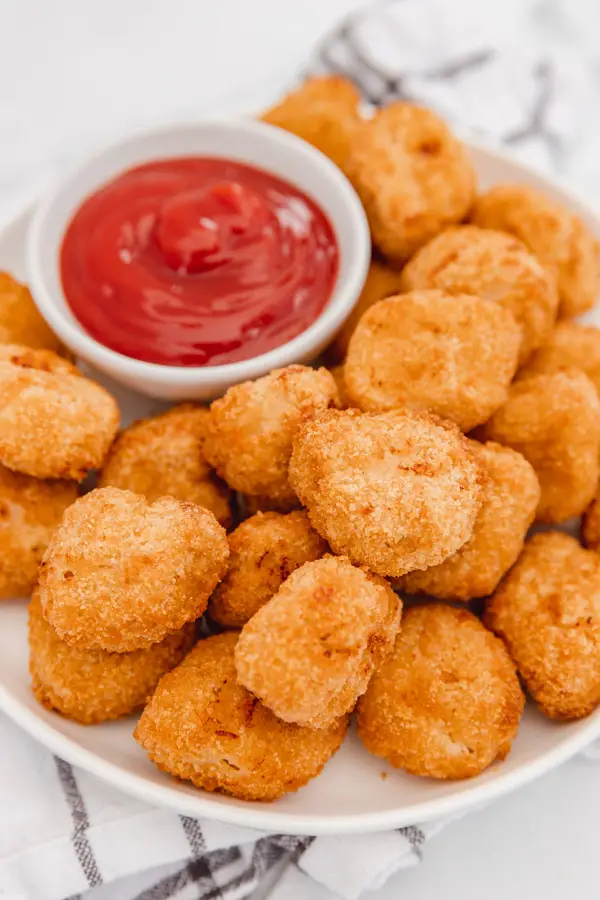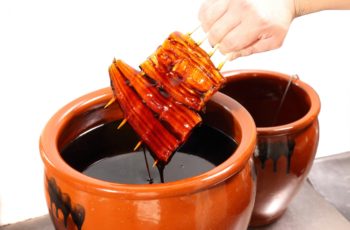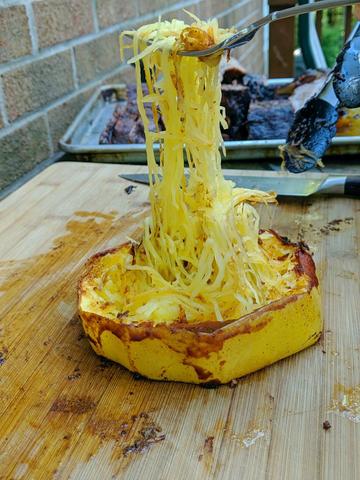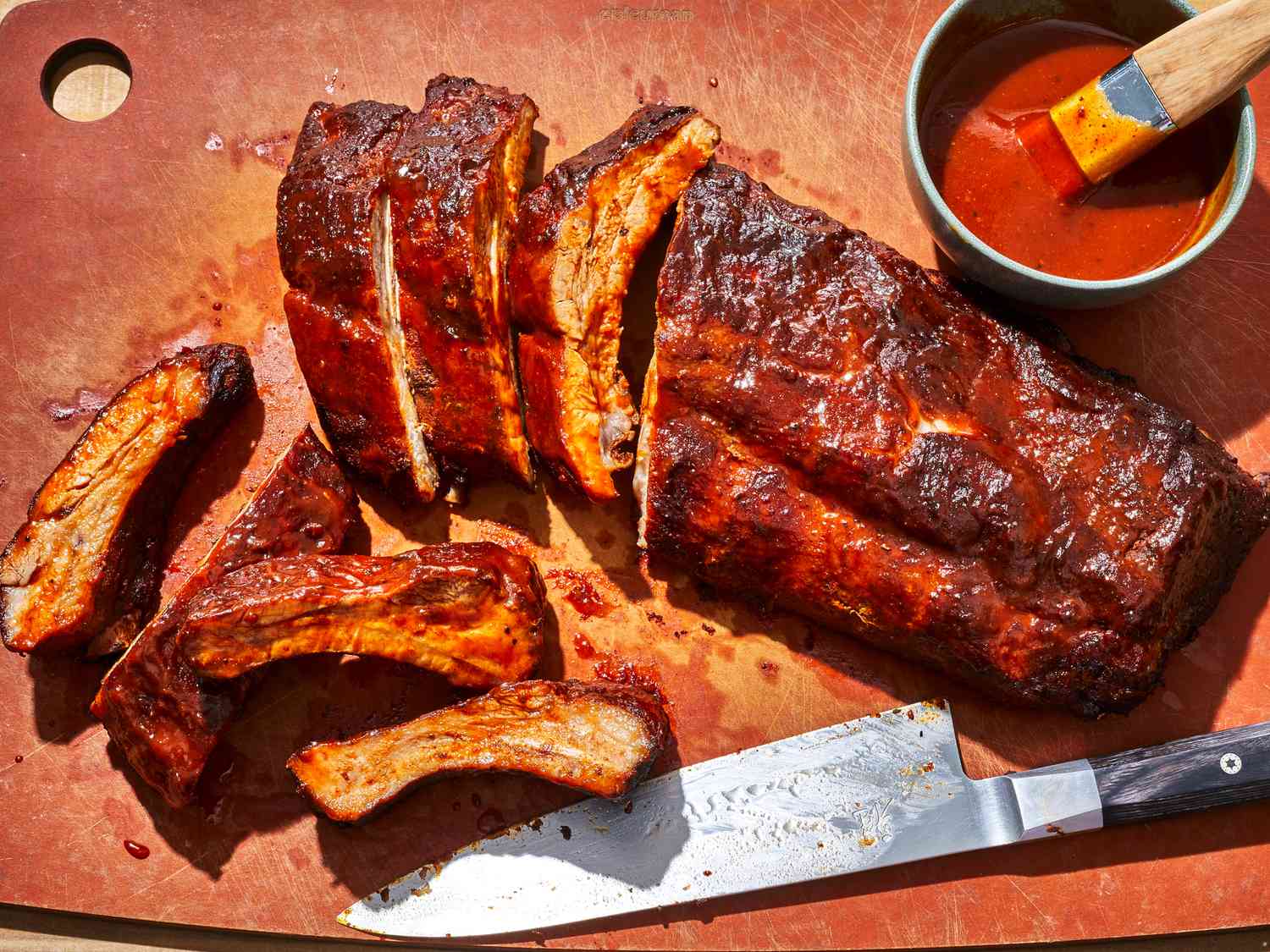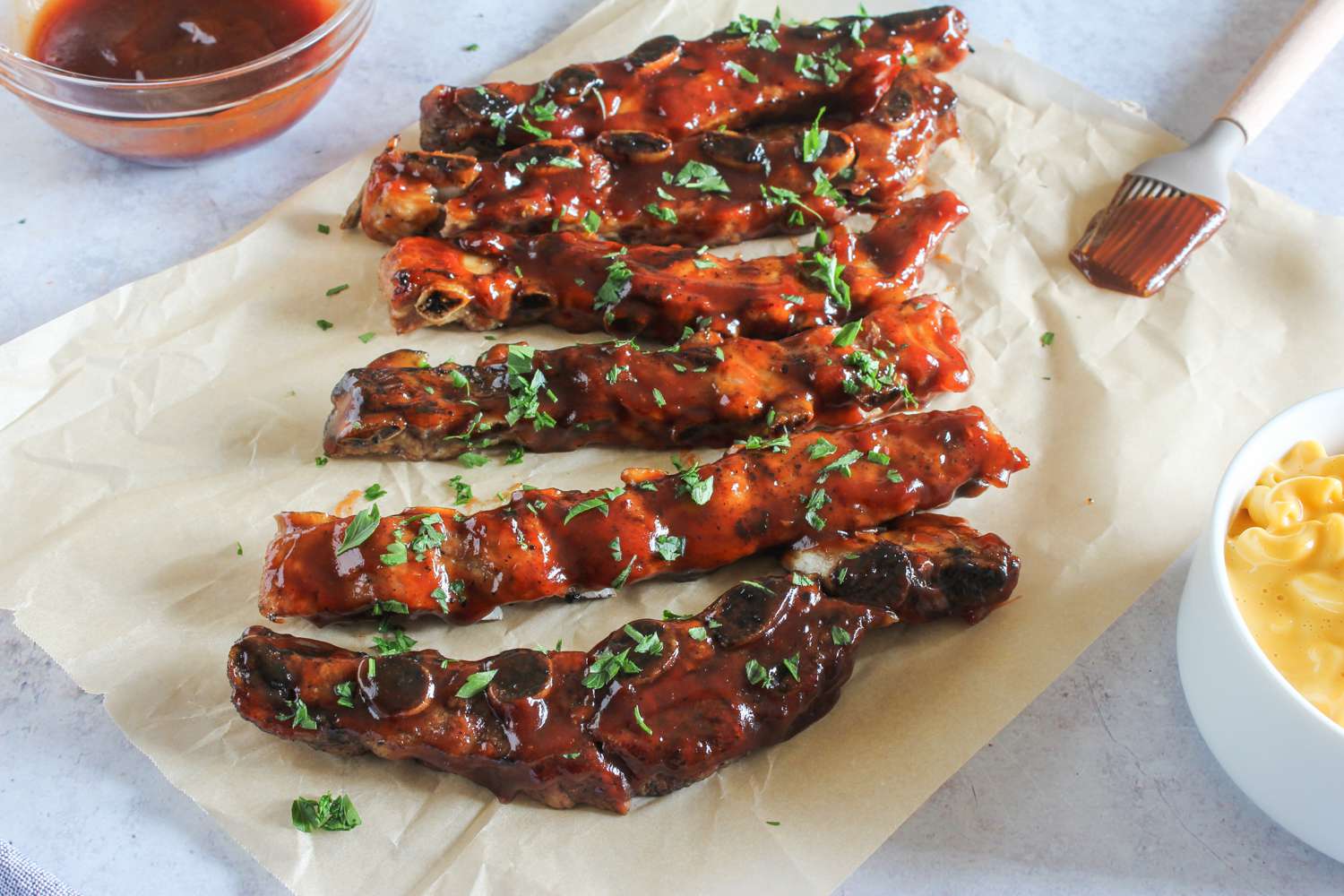
“Unraveling the Mystery of Riblets: Exploring the Science and Significance Behind this Fascinating Surface Technology.”
Riblets vs Rib Tips: What’s the Difference?
Riblets and rib tips are two different cuts of meat from a pig, although the term “riblet” can be subjective and vary depending on who you ask. It is often used as a marketing term to attract customers. For example, Applebees sells “Riblets,” which are actually finger ribs or paddle bones located between baby back ribs and the hipbone.
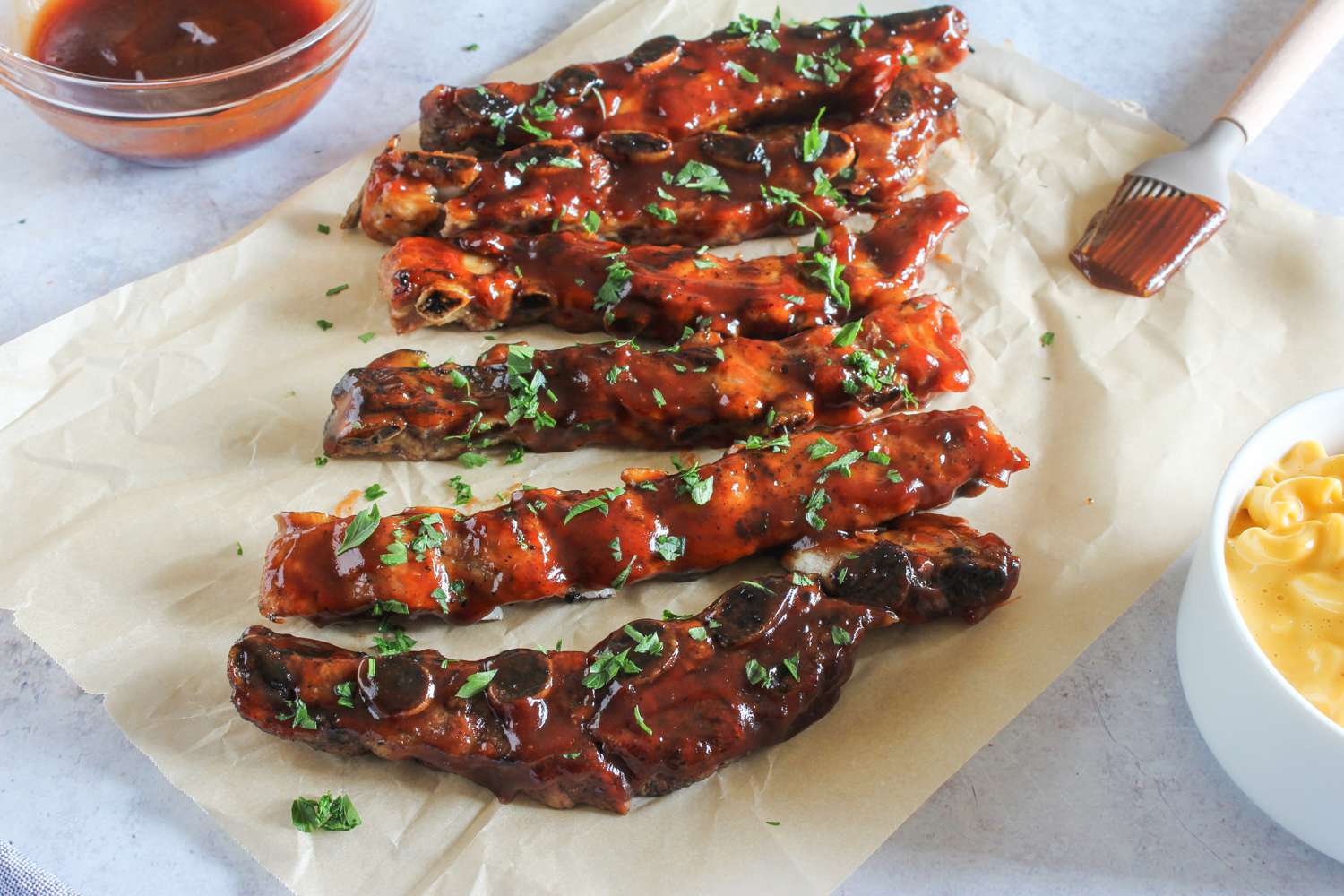
In contrast, rib tips come from the bottom portion of spare ribs and are sometimes referred to as costal cartilage due to their connection with the breastbone. Rib tips are typically removed from spare ribs because they contain tubes of cartilage that some people find less appetizing.
While there is no consistent definition for riblets, if you align with Applebees’ definition, they are button or finger ribs. However, it is unlikely to find these specific cuts in grocery stores or butcher shops unless you have a personal connection with a butcher.
In terms of taste and texture, spare ribs (including rib tips) tend to be more meaty but less tender compared to baby back ribs (including riblets). Spare ribs also have more flavor due to their higher fat content.
What are “Riblets”?
The term “riblet” is commonly used to refer to a cut of meat from a pig, but its exact definition can vary. It is often considered a marketing term used to entice consumers. Some butchers, restaurants, and grocery stores may use the term to describe different cuts of meat.
One popular interpretation of riblets is that they are the trimmed ends of pork tenderloins that are hickory-roasted in barbecue sauce. This version of riblets gained popularity at Applebee’s restaurants.
According to Institutional Meat Purchase Specifications (IMPS) for Pork, there are two types of pork riblets recognized – those from the shoulder and those from the loin. Shoulder riblets consist of the rib and breast bone that are removed during the fabrication process, while loin riblets come from the lumbar vertebrae after removal of the tenderloin and loineye.
What About Applebee’s “Riblets”?
Applebee’s is a restaurant that sells “Riblets,” but what exactly are they? According to online archives, Riblets are the trimmed ends of pork tenderloins that have been slowly hickory-roasted in a spicy barbecue sauce. They have become a menu favorite at Applebee’s. The term “riblet” seems to be a marketing term used to entice customers to make a purchase. Franklin Carson, who owned 30 Applebee’s Restaurants at the time, mentioned that there are only two riblets on a hog, so it takes three hogs to make the dinner. This suggests that one “riblet” section comes from each half carcass or two “riblet” sections per animal.
I reached out to guest relations for Applebees and was informed that their Riblets refer to the “finger ribs,” also known as paddle bones by butchers. These bones are not actually connected to the rib cage but rather come from the lower lumbar vertebrae. They typically contain four “bones” from the spine and are located between baby back ribs and the hipbone, along with related intercostal meat. So when you order Riblets at Applebee’s, you’re getting these button ribs or paddle bones.
What are Rib Tips?
Rib tips, also known as costal cartilage, are the bottom portion of spare ribs. They are often removed from spare ribs because they contain tubes of cartilage that some people find unappetizing. Rib tips are connected to the breast bone through the costal cartilage. They have a distinct naming and trimming style, especially with the St. Louis Cut.
Unlike riblets, rib tips have a more defined definition and naming convention. They are typically sold separately from spare ribs due to their unique characteristics. Some individuals enjoy the flavor and texture of rib tips, while others prefer other parts of the ribs.
The Difference Between Rib Tips and Riblets

Rib tips and riblets are often confused with each other, but they are actually different cuts of meat from a pig. The term “riblet” is not well-defined and can vary depending on who you ask. It is often used as a marketing term to entice consumers to purchase. Applebees, for example, sells “Riblets” which are actually the trimmed ends of pork tenderloins slowly hickory-roasted in a spicy barbecue sauce.
On the other hand, rib tips come from the bottom portion of spare ribs. They have tubes of cartilage running throughout the meat, which some people find unappetizing. Rib tips are typically removed from spare ribs because of this reason. They are also known as “costal cartilage” due to their connection to the breastbone.
The main confusion arises from the different definitions of riblets. Some consider them to be loin meat (baby back ribs) or belly meat (spare ribs). If you align with Applebees’ definition, riblets are actually “button ribs” or bones from the back bone or lumbar vertebrae. However, if your definition aligns with others, riblets can be either baby back ribs or spare ribs.
In conclusion, a riblet is a small, grooved structure found on the surface of bird feathers or aircraft wings. Its unique design significantly reduces drag and improves aerodynamic performance. Inspired by nature, riblets have immense potential in various industries, including aviation and wind energy. Further research and development can lead to innovative applications that enhance efficiency and sustainability.
Learn More About Grilling
If you want to learn more about grilling, check out these other helpful resources!


